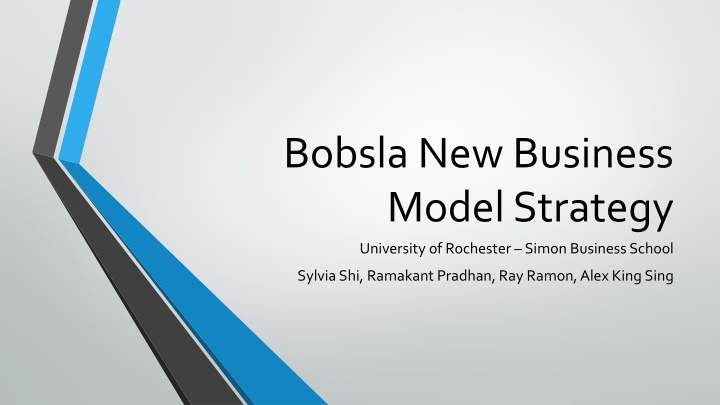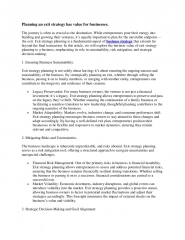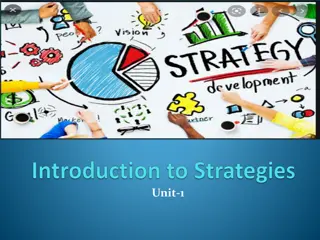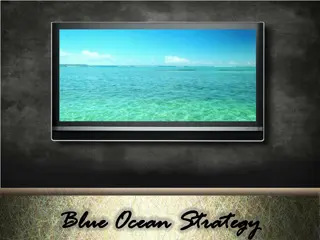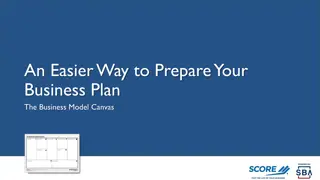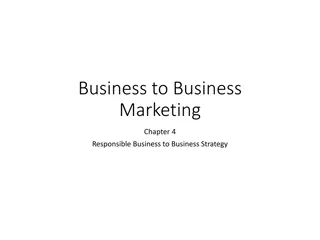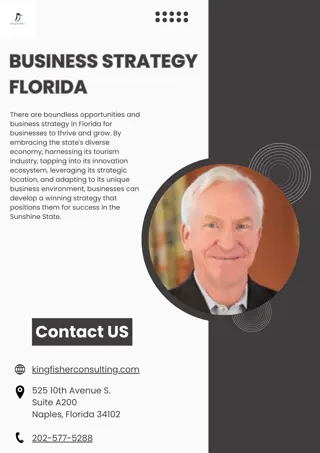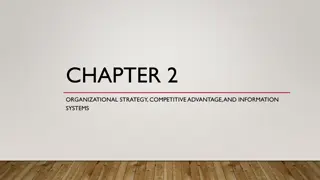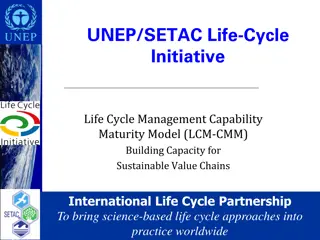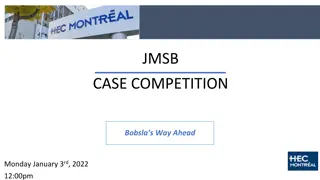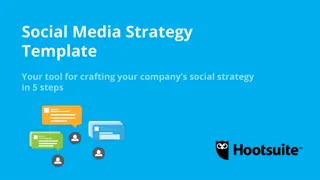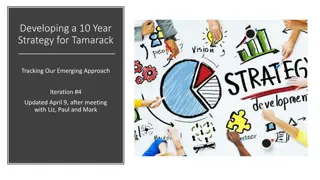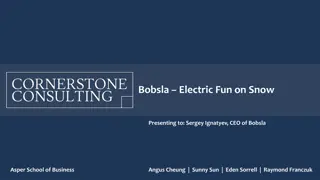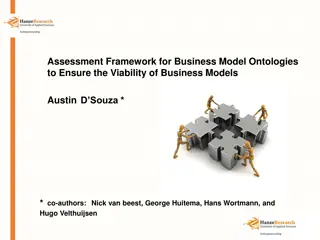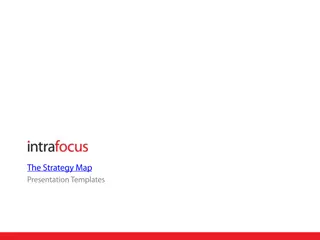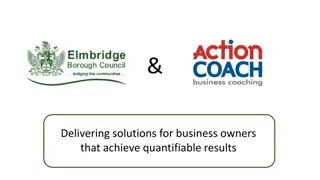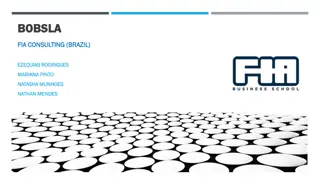Bobsla New Business Model Strategy
Analysis and recommendations for Bobsla's business model and strategy at the University of Rochester's Simon Business School. Explore financing options, market positioning, advantages, and target markets in the snowmobile industry. Tailored suggestions for growth and sustainability.
Download Presentation

Please find below an Image/Link to download the presentation.
The content on the website is provided AS IS for your information and personal use only. It may not be sold, licensed, or shared on other websites without obtaining consent from the author.If you encounter any issues during the download, it is possible that the publisher has removed the file from their server.
You are allowed to download the files provided on this website for personal or commercial use, subject to the condition that they are used lawfully. All files are the property of their respective owners.
The content on the website is provided AS IS for your information and personal use only. It may not be sold, licensed, or shared on other websites without obtaining consent from the author.
E N D
Presentation Transcript
Bobsla New Business Model Strategy University of Rochester Simon Business School Sylvia Shi, Ramakant Pradhan, Ray Ramon, Alex King Sing
Question Recommendation Situation Marketing Table of Contents Business Model Financing Timeline Risks and Mitigations Conclusion
Question What kind of business model and strategy should Bobsla use and how will it be financed?
Sell Bobsla to high-end ski resorts in North America where customers can pay to ride. Our Recommendation Use financing from angel or venture capital investors to develop and offer a B2C model that consumers can purchase in the future.
Features of the Snowmobile Industry The global snowmobile market was valued at $1.59 billion in 2020, and is projected to reach $2.12 billion by 2030, registering a CAGR of 3.1% from 2021 to 2030. Current e-mobile market isonly .2% of total market. The average age of a snowmobiler is 46 years old- mean net worth in American is $833k. The average snowmobiler spends $2,000 each year on snowmobile-related recreation. https://www.snowmobile.org/docs/isma-snowmobiling-fact-book.pdf
Bobsla's Advantages and Positioning Eco-Friendly: Zero emissions compared to 200-600 g/km CO2 of non-electric snowmobiles Fun: Offers agility, speed and almost zero noise High Quality: Built of stainless steel and aluminum to resist rust, can travel up to 70km on a charge, 40% more than competitors Affordable: Intended to be priced $10-15k.
Business Model Concerns 1 2 3 Target Market Business Model Financing
Overall Recommendation 1 2 3 North America Start with B2B Angel/VC Investors
Target Market - Evaluation Criteria Feasibility What is the practicality of the proposed plan? Market Size How many customers are there? Online Reach How easy will advertising be?
Choice of Target Market North America Europe Criteria Moderate High Feasibility Market Size Low High Online Marketing High Moderate
Implementation for Moving to North America Online marketing through Snow mobile blogs to generate hype Find suitable manufacturers and distributers to meet economy of scale Dedicated sales teams with strategically located office in NA
Marketing Strategy Highlight the eco-friendly, funand high-qualitysnow mobile Tesla on snow Safest snow mobile with 30 kph and 3.5 mile/kwh
Business Model - Evaluation Criteria Feasibility What is the practicality of the proposed plan? Market Reach How many customers can we reach? Brand Alignment How does our strategy work with our brand positioning of eco-friendly, fun, and high-quality?
Business Model Alternatives and Recommendation B2B B2c Low High Feasibility Market Reach High Moderate High Brand Alignment Moderate
Implementation of Business Model Sell to ski resorts at good price ($12k-14k) Set up races and events Ave. Traditional snow mobile prices in the US: $13,500 Good Price for Bobsla: 11,900 or $13,400
Implementation of Business Model Result: Whistler Ski Resort British Columbia: 3 Million visits a year Get feedback from experts Build brand awareness Open the option of hardware model Vail Ski Resort Colorado: 1.6 Million visits a year
Financing and Investment- Evaluation Criteria Equity Dilution We are not looking for pure acquisition. Capital Availability How much can we raise? Go-to-Market Experience -How much can our investors help up with the process?
Financing and Investment Angel / VC investors Crowdfunding Large investors Criteria Moderate High None Equity Dilution Moderate Low High Capital Availability None Go-to Market Experience Moderate High
Financing Implementation Potential Investors 15B Assets under management. Top-26 U.S Seed-stage investor 1.8B Assets under management. #1 U.S Seed-stage investor 411M Assets under management. Top-26 U.S Seed-stage investor
Timeline 1 Year 2 Years Now 6 Months -Reach out to North American ski resorts and distributors -Pursue further investors -Begin R&D on consumer model -Generate hype through snowmobile blogs -Finalize contracts for ski resorts -Finalize budget and manufacturing capabilities -Products delivered to ski resorts -B2C preorders through ski resorts -Launch B2C model -Sales of B2C: through ski resorts and online direct to consumer
Risks and Mitigation Generating B2C demand without being able to take orders could cause loss of potential customers Logistics of moving to North America could be challenging Potential difficulty in convincing angel/VC investors. Plan timeline for being able to meet B2C demand and offer preorders at ski resorts. Reach out toregional manufacturers Appeal to a variety of early stage investors with diversified interests
Target Market: North America Conclusion Business Model: B2B Short-term Angel/VC Investors Financing:
Thank you! University of Rochester- Simon Business School
